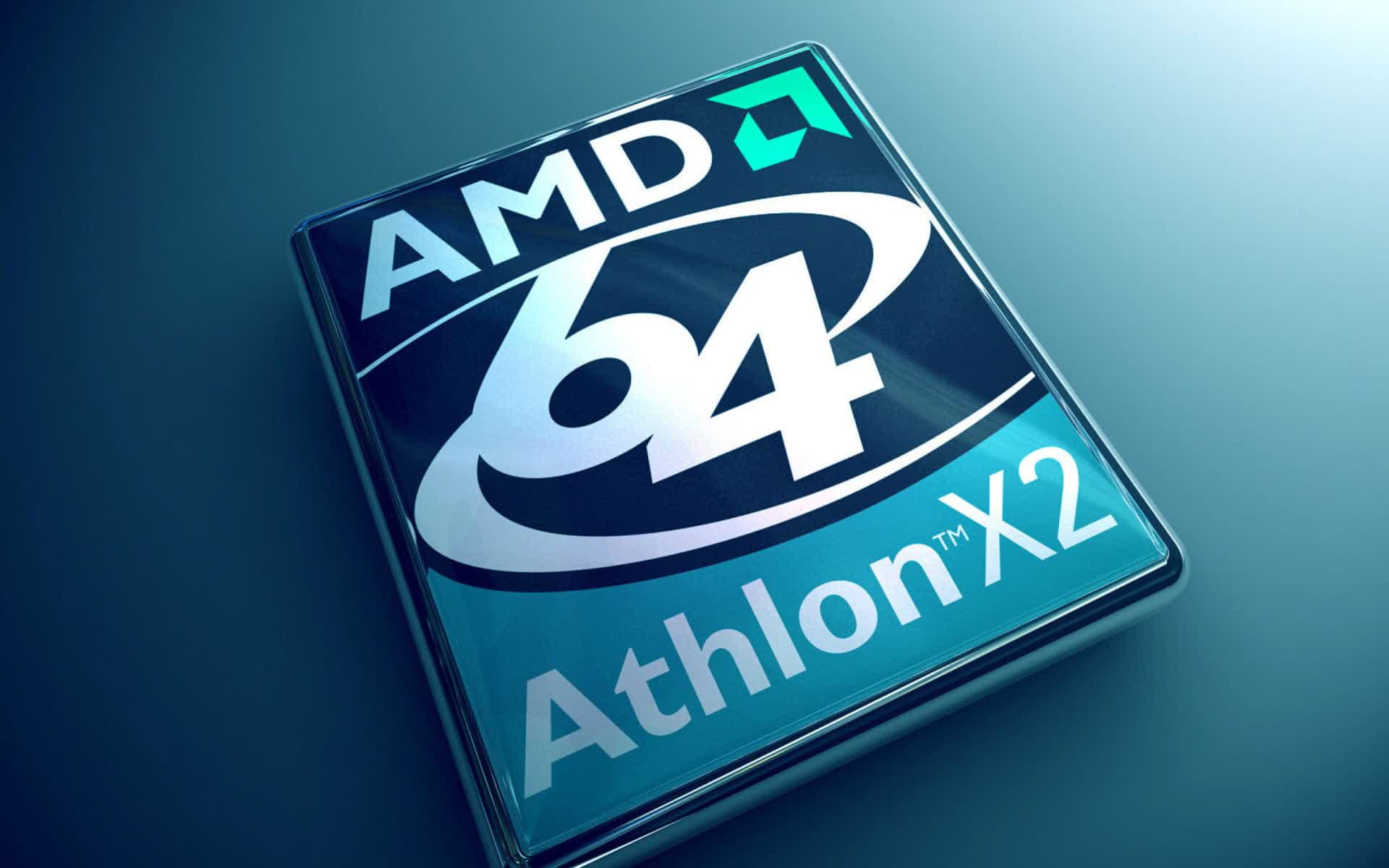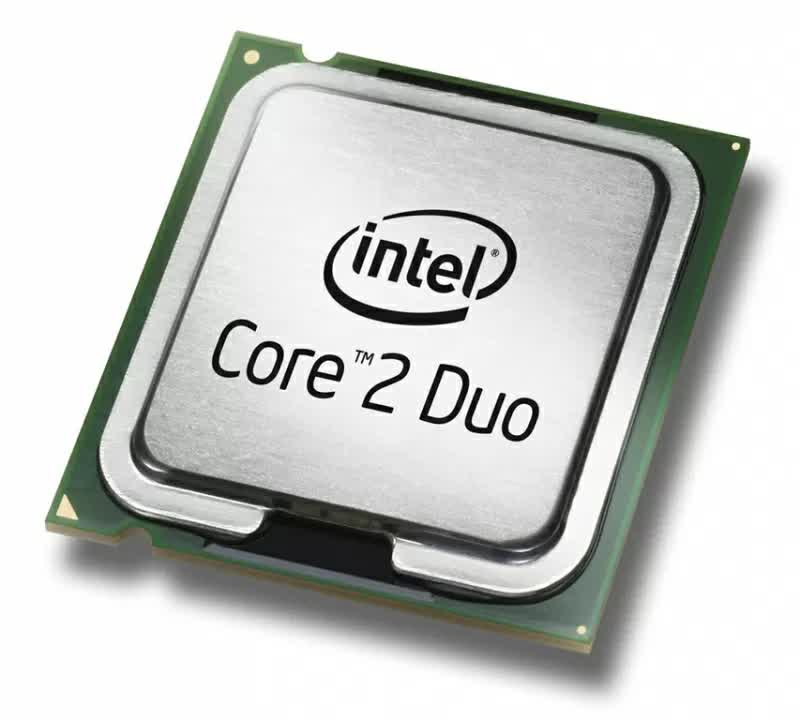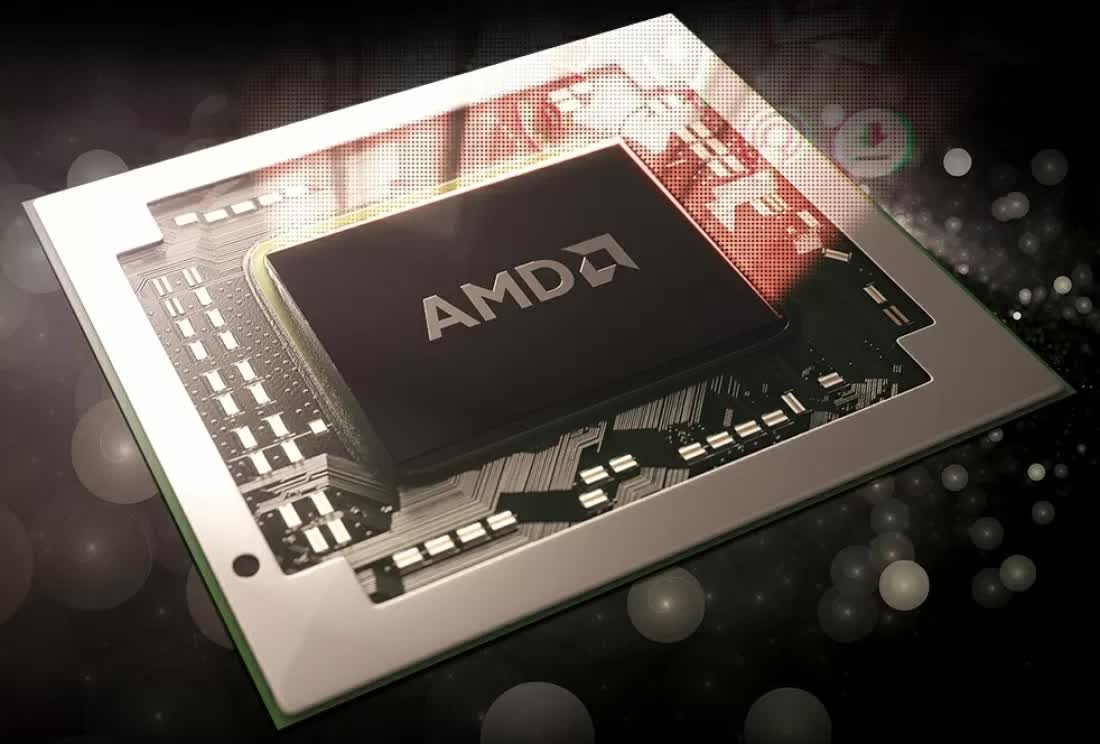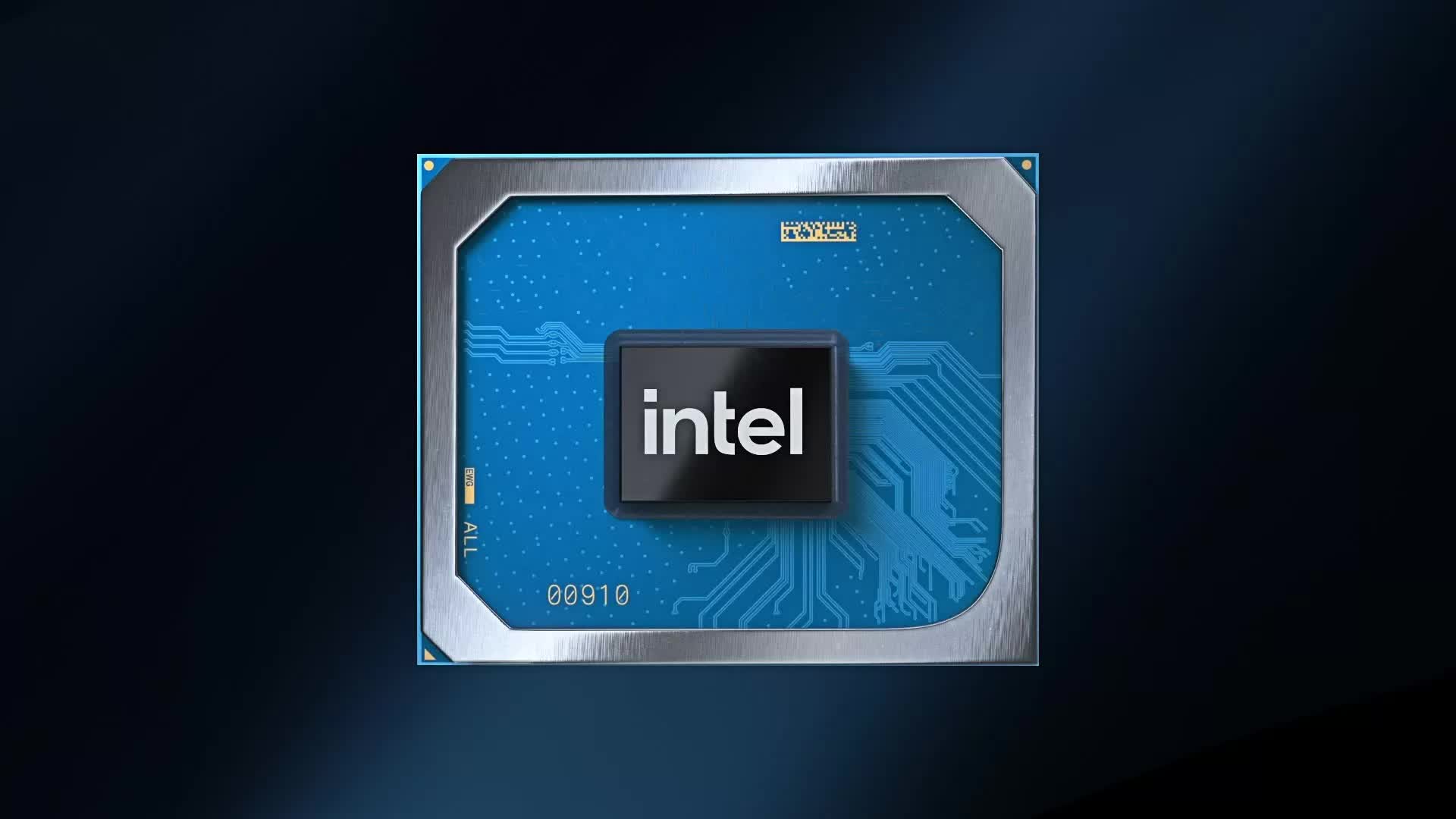What Happened Last Time AMD Beat Intel?
Seeing how quickly AMD Ryzen processors are flying off the shelves, it's not hard to see the desktop CPUs are a hit with enthusiasts. With excellent single-core performance to go along with the option of 6, 8, 12, or 16 cores, the Ryzen 5000 series processors have gone beyond matching Intel in terms of performance. Critically praised by our review staff and those all over the internet, it's hard to think back to when AMD has seen this much success with its CPU releases.
AMD has overcome Intel in terms of performance before, but previous wins against the chip giant have been rare over the years. Furthermore, every time Intel looked inferior, it responded swiftly and effectively.
The story last time

Jump into a time machine and go back to 2005 if you want to witness the last time AMD thoroughly thumped Intel in terms of performance. It was the new dual-core Athlon 64 X2 that managed to impress reviewers back then, making the Intel Pentium 4 and related Pentium D processors look positively dated.
That AMD Athlon 64 X2 was the successor to the already impressive Athlon 64, which beat Intel to the 64-bit world but ended up being overshadowed by the Pentium 4 Extreme Edition. The Pentium needed a sky-high clock speed to steal the attention away from AMD, which looked like a cheap trick compared to the AMD innovation. With this dual-core, 64-bit offensive, Intel found itself spinning its tires for almost a year until it had something competitive to offer.
Putting a plan into action
The Netburst architecture that Intel was using in the Pentium 4 was deemed obsolete, and even implementing dual-core technology into these products didn't bring Intel back to performance parity. It was time for something new, and that led to the development of the Core Architecture.

To get to Core, Intel went to the Pentium III and its Tualatin revision. Refinements in this design led to the Pentium M, a mobile product that proved to be fast but also efficient, with features like SpeedStep that varied the voltage and clock speed to extend battery life.
This refined laptop chip played a big part in 2006 when Intel needed something to impress the enthusiasts drooling over the AMD Athlon 64 X2. The Intel Core architecture arrived mid-year, with the mainstream Core 2 Duo lineup and enthusiast-grade Core 2 Extreme models solidifying Intel's dominance over AMD.
Quad-core offerings joined the lineup within a year, and the Intel products were clearly more efficient, faster, and even better priced than what AMD was able to offer.
The Core improvements
How did they do it? At the time, the Core 2 Duo used a smaller 65 nm manufacturing process, compared to the 90 nm used by AMD. The Intel product also featured more instructions per clock, slightly higher clock and bus speeds, more L2 cache, and operated at a lower voltage with a lower TDP.

Those features all played into the performance improvement. For example, these chips became more efficient by pairing instructions together for execution thanks to a feature Intel called "Macro-Fusion."
Additionally, the two cores shared the L2 cache, rather than allocating a set amount per core. Finally, all the lessons Intel learned about power management from the Pentium M were at play, adding even more efficiency to the Core processors.
AMD's stumbles and Intel's long-term thinking
Intel continued to put pressure on AMD by moving to a 45nm process, allowing for lower power consumption and higher clock speeds. This move was part of Intel's "Tick-Tock" production model. Every change in microarchitecture was seen as a "tick.'" These were followed up by a "tock" which was a die shrink of the manufacturing process.
While Intel was working non-stop to regain its pole position in the performance race, AMD made a few business decisions that left a lasting impact.
In late 2006, they purchased graphics card manufacturer ATI for an eye-watering $5.4 billion. Their next desktop processor struggled to match up to the Intel Core 2 Quad, and other performance hiccups further tanked the company's reputation. All the while, Intel was making an impressive comeback.

The financial crisis hit a few years later putting the chipmaker into an even more difficult position.
It took the release of the Graphics Core Next video cards in 2012, their work on the Wii U, Xbox One and PlayStation 4 in 2013, and finally the introduction of Ryzen processors many years later (2017) to show AMD seemed to be recovering.
Changing what worked
This tick-tock game plan worked wonders for Intel, leading to a streak of impressive processors that put some serious distance on AMD for about ten years.
When 2016 came around, Intel changed things up with the process-architecture-optimization development model, adding one more step to the strategy. The company cited economic feasibility as the main reason to change things, as producing smaller dies can get expensive.
However, shrinking down to 7 nm has played a significant role of how AMD has caught up to Intel and gained the momentum that sees them in the successful position they're in today.
What can we expect?
As it finds itself behind in the latest benchmarks, Intel's next moves will be very telling. We know just a few details about the upcoming Rocket Lake processors, which will feature an all-new architecture, putting the Skylake-derived models currently on sale, to rest.
These Rocket Lake CPUs seem like a mild upgrade, with some speculating a 10 to 18 percent increase in performance compared to the current generation. The more enticing upgrades to these processors include PCIe 4.0 support, support for higher speed memory, and integration of new Intel Xe graphics.

Alder Lake a.k.a. 12th-gen Intel Core, the expected follow-up to Rocket Lake, is more in-line with what an inspired Intel has done in the past.
Alder Lake is not expected until late 2021, it will shrink down to 10 nm, giving Intel a bit more headroom to match up to AMD in terms of power and efficiency. Expect more cores along with support for DDR5 memory, which should add up to one impressive release if all goes to plan.
Based on history, it seems like Intel can reclaim its spot as the performance king, but consumers will have to be patient for the launch of Rocket Lake and then Alder Lake. Of course, don't count out AMD (or Apple) having a few surprises of its own to keep Intel on its back foot. If this rivalry has shown us anything, it's that the two will keep trading blows for years to come.
Shopping Shortcuts:
- AMD Ryzen 9 5900X on Amazon
- AMD Ryzen 5 5600X on Amazon
- AMD Ryzen 7 5800X on Amazon
- AMD Ryzen 9 5950X on Amazon
- Intel Core i9-10900K on Amazon
- Nvidia GeForce RTX 3080 on Amazon
- Nvidia GeForce RTX 3060 Ti on Amazon
文章
747
浏览
21832
获赞
86181
热门推荐
Robert Mueller's 'I take your question' response is turning into a beautiful meme
Former special counsel Robert Mueller is finally testifying before Congress, and boy are some represLeslie Jones live
If you're one of the early risers in the U.S. who set their alarm for the royal wedding, count AmeriJudge rules bar had right to kick out man in MAGA hat. Relax.
Unless you're involuntarily locked in the cellar of some Berkeley farm cooperative, being a Trump suYTMND, one of the internet's earliest meme sites, shuts down forever
One of the internet’s earliest meme pioneers is no more. “You’re the Man Now, Dog!Google Arts & Culture brings 'ancient creatures' to augmented reality
A crustacean with scores of tiny eyes could be your newest houseguest — in augmented reality,Facebook brings on 'Daily Caller' affiliate as fact
Nothing goes together like "fact checking" and "Tucker Carlson," right?Facebook has a new fact-checkHow Uber and other digital platforms could trick us using behavioral science – unless we act fast
Uber’s business model is incredibly simple: It’s a platform that facilitates exchanges bFacebook and Google head back to Congress for hearing on white nationalism
Google and Facebook are back at Capitol Hillon Tuesday. While both companiesare no strangerto Congre'Archive zombies' will crawl back into your messages long after your interest has died
It was a Monday night at precisely 21:09 p.m. when I got a text from an unknown number."Hi," it declDell laptops and desktops vulnerable to remote attack
If you own a Dell laptop or desktop then there's a very good chance your machine is vulnerable to atThese new Sonic the Hedgehog sneakers are an eye
In what has shaped up to be one of the worst team-ups since somebody covered a pizza in vile, disgusGoogle's drone delivery service just got approved for public use in Australia
Drone deliveries have been the subject of many a flashy promo video over the years, but until now, tWTF is raclette, and why is it all over Instagram?
Mashable bites into a creamy, nutty, gooey, and sometimes stinky world during our fist-ever Cheese WFirst look at Google's Stadia controller: Boring in all the right ways
At this year's I/O developer conference, Google shared its vision to "make a more helpful Google forTwitter prankster tries to solve #WhereInTheWorldIsMelania
The whispers became murmurs and then a buzz and now it's a downright concern: where, oh, where is Fi
 科技创新!
科技创新!